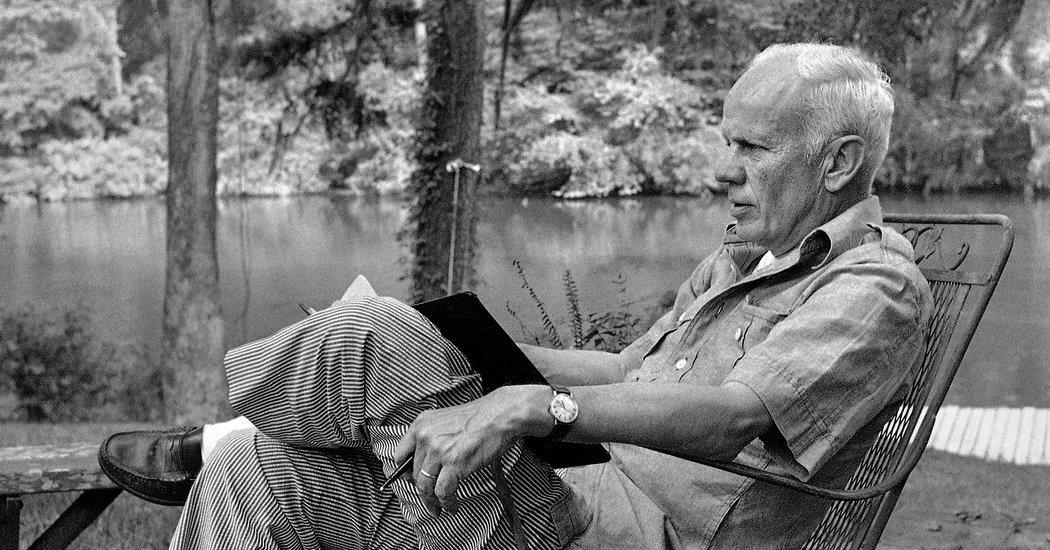Jacques-Louis David's painting "Death of Marat," tells a real story. One of political intrigue and murder.
 |
Death of Marat by Jacques-Louis David
(held by the Royal Museum of Fine Arts in Brussels, Belgium) |
David's Painting Is a Record of a Real Assassination
I don't have to create a story about the above painting. History already has one. During the French Revolution, Jean-Paul Marat was a journalist. Marat was killed in his bathtub. Apparently, he loved taking long, luxurious baths. He had a skin problem (so he needed to take soothing baths). On July 13, 1793, He was assassinated by Charlotte Corday because she thought Marat was a cause of the violence and bloodshed (The French Revolution is famous for how many heads rolled.) in France.
A Painting That Captures The Scene of a Crime
Marat was a radical Jacobin (which meant he was full-on anti-monarchy and full-on revolution). The jury is out on Corday's allegiances — some say she was in favor of the Monarchy while others said he was a supporter of the Girondins, a political faction who originally supported abolishing the monarchy, but later, became less radical in their politics. She was caught by the authorities and sentenced to capital punishment by the guillotine.
The Portrait of Marat Is Painstakingly Detailed and a Tribute to a Revolutionary
Looking closely at the painting, several features of the work are noticeable. The body of Marat is an idealized portrait of a corpse — similar to the paintings one sees of Jesus's body laid to rest. Marat's arm lays languidly on the side of the bathtub and he holds the tools of his trade — a quill and a parchment with a petition that had been given to him by Corday to sign. The knife that was used to kill him lies on the floor. David's careful arrangement of the scene makes Marat out to be the person he purported to be — a writer, and a revolutionary.







